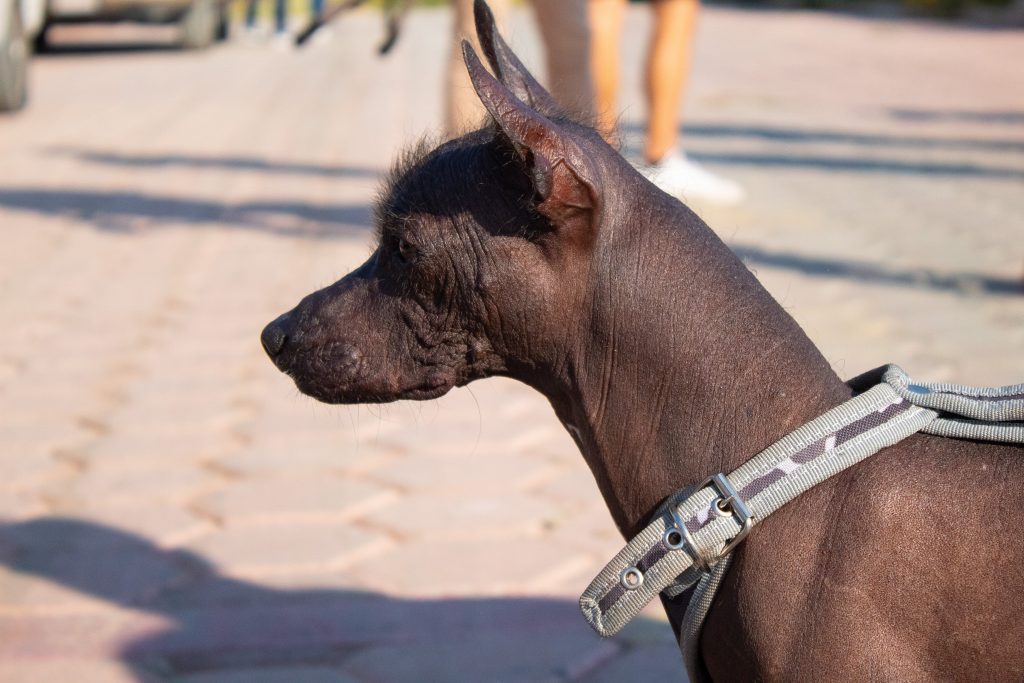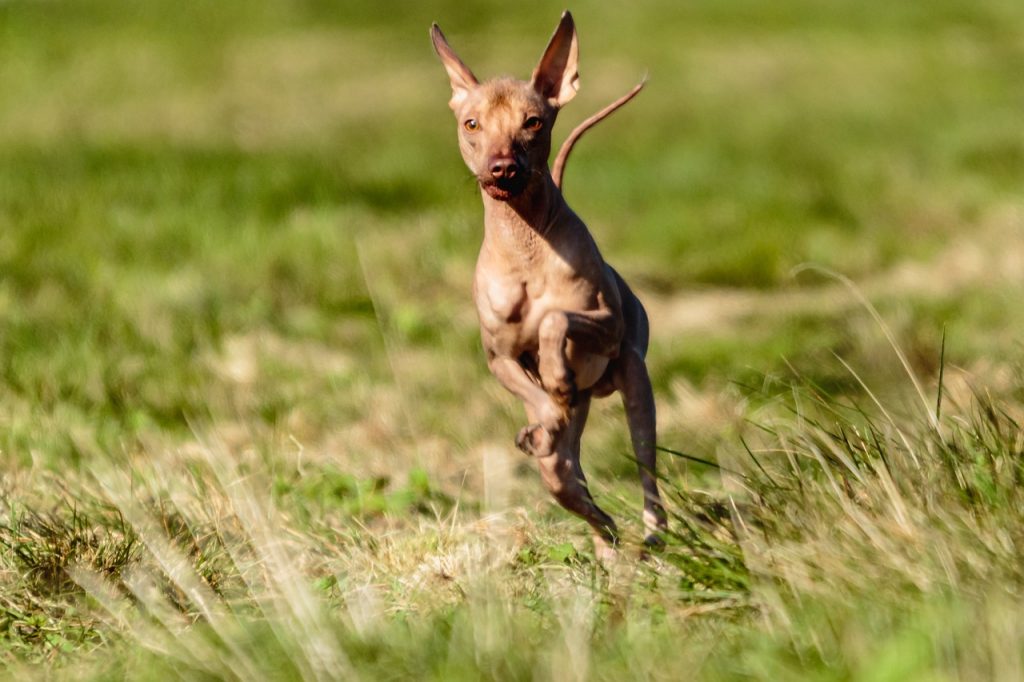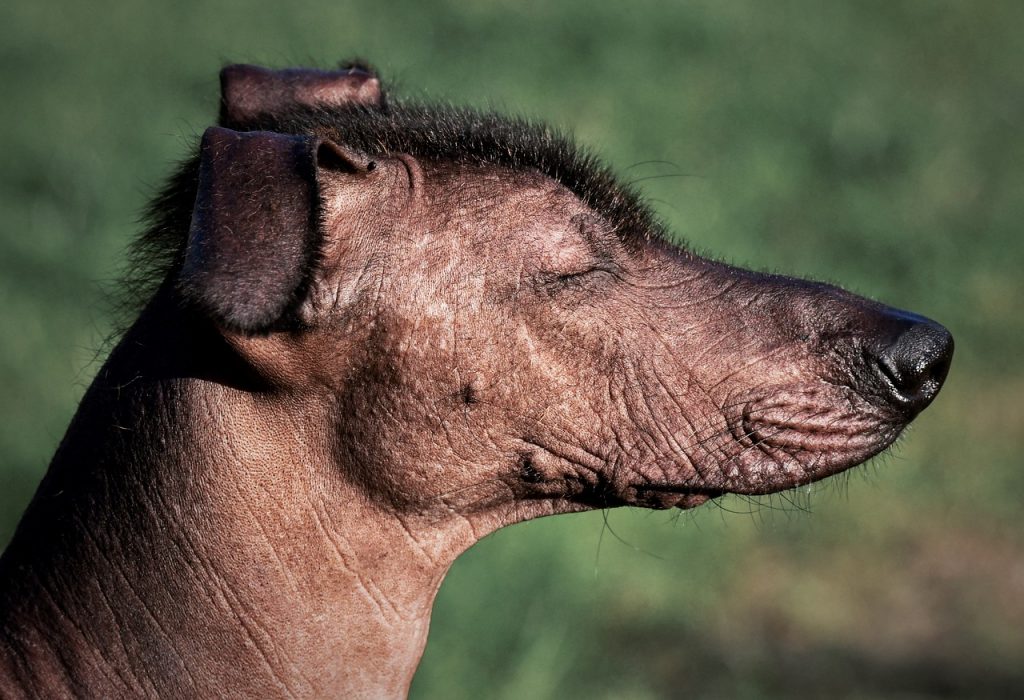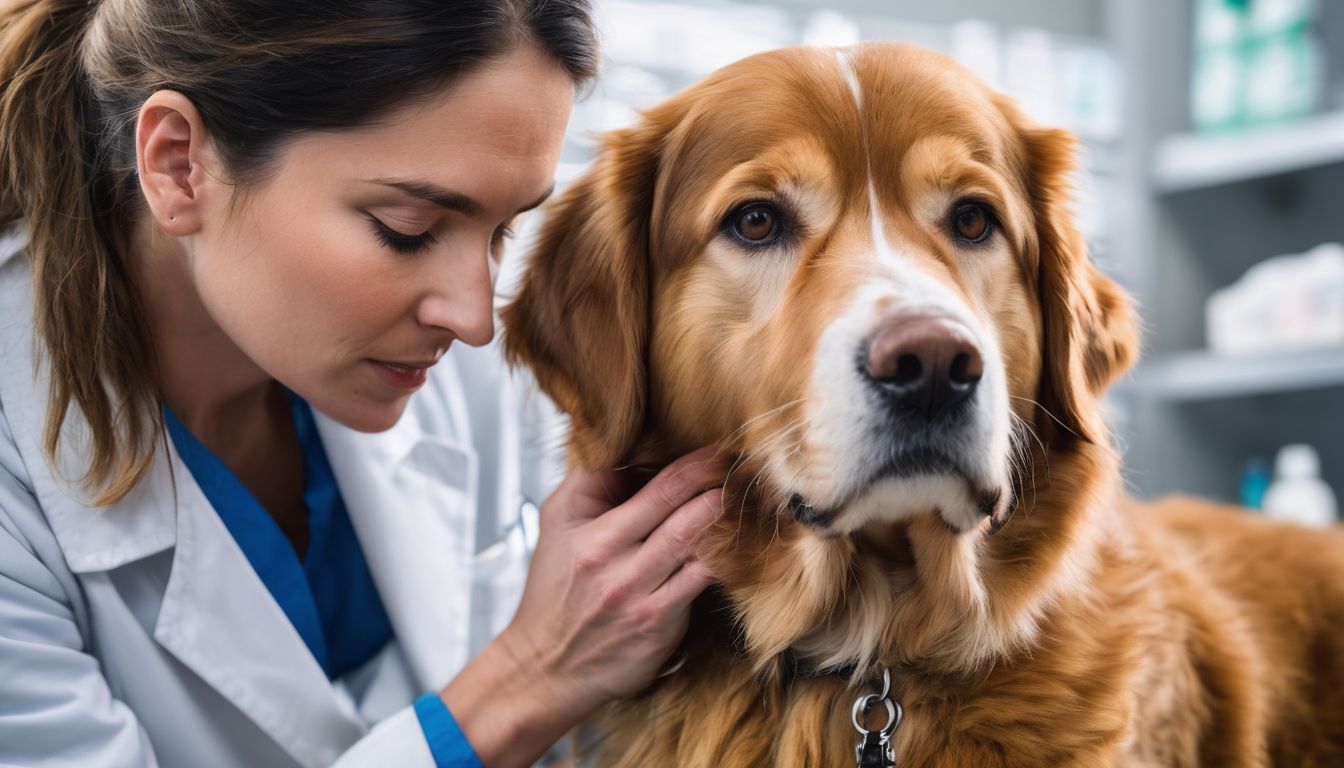Is your furry best friend losing patches of hair? Hair loss in dogs, also known as alopecia, is a common problem that can result from various conditions or diseases. This comprehensive guide will walk you through identifying the causes and symptoms, to diagnosing and treating canine hair loss effectively. How do you treat hair loss in dogs?
Read on for expert advice to restore your dog’s lush coat!

Key Takeaways
- Hair loss in dogs, also known as alopecia, can be caused by various factors such as allergies, hormonal imbalances, parasites, and autoimmune disorders.
- To diagnose hair loss in dogs, a veterinarian may conduct physical exams, blood tests, skin scrapings, and biopsies to determine the underlying cause.
- Treatment for hair loss in dogs often involves medications like antibiotics or antihistamines and topical treatments like medicated shampoos or ointments.
- Maintaining a healthy coat and skin through regular grooming, proper nutrition, and preventative measures is important for managing hair loss in dogs.
Understanding Hair Loss in Dogs
Hair loss in dogs can be caused by various factors and is often accompanied by symptoms such as itching, redness, or inflammation. Common conditions that may lead to hair loss include allergies, hormonal imbalances, parasites, and autoimmune disorders.
Causes and Symptoms of Hair Loss
Hair loss in dogs may be due to many things. Your dog might have a skin infection or fleas that make him itch and lose hair. Sometimes, hair loss can also show that your dog is not eating the right foods or has an allergy.
Signs of this health issue are spots with no fur, red skin, scabs, or dandruff on your dog’s coat. Dogs often scratch these areas too much which may lead to bald patches. Skin sores and changes in how your pet behaves are other signs of this problem.
If you see any of these symptoms, take your dog to the vet right away for help.
Common Conditions and Diseases That Cause Hair Loss
There are several common conditions and diseases that can cause hair loss in dogs. One of the most common is allergies, which can be caused by fleas, food sensitivities, or environmental factors.
Another common condition is hormonal imbalances, such as hypothyroidism or Cushing’s disease. Skin infections, like ringworm or bacterial infections, can also lead to hair loss. Other causes include parasites like mites or ticks, autoimmune disorders like lupus or pemphigus, and certain types of cancer.
It’s important to remember that identifying the underlying cause of your dog’s hair loss is crucial in determining the appropriate treatment plan.

Diagnosis of Hair Loss in Dogs
Veterinarians use various examinations and tests to diagnose the underlying cause of hair loss in dogs, including physical exams, blood tests, skin scrapings, and biopsies.
Veterinary Examinations and Tests
To diagnose hair loss in dogs, a veterinarian will conduct various examinations and tests. They will carefully examine your dog’s skin and coat to look for any signs of inflammation, infection, or parasites.
The vet may also perform skin scrapings to check for mites or fungal infections. In some cases, blood tests may be necessary to determine if there are any underlying medical conditions contributing to the hair loss.
Additionally, a biopsy may be taken from the affected area for further analysis. These examinations and tests help the veterinarian identify the underlying cause of your dog’s hair loss so that an appropriate treatment plan can be developed.
Identifying the Underlying Cause
Identifying the underlying cause of hair loss in dogs is crucial for effective treatment. It’s important to observe any additional symptoms that your dog may be experiencing, such as itching or redness.
Common causes of hair loss include flea infestation, allergies, hormonal imbalances, and skin infections. Your veterinarian will conduct a thorough examination and may recommend tests to determine the specific cause.
This could involve skin scrapings, blood work, or biopsies. Once the underlying cause is identified, appropriate treatment can be prescribed to address the issue and promote healthy hair growth.
Treatment of Hair Loss in Dogs
To treat hair loss in dogs, medications and topical treatments.can be used to address underlying causes such as allergies or hormonal imbalances.
Medications and Topical Treatments
Treating hair loss in dogs often involves the use of medications and topical treatments. Your veterinarian may prescribe medications like antibiotics, antihistamines, antifungals, or steroids to address the underlying cause of the alopecia.
These medications can help reduce inflammation, fight off infections, and promote hair regrowth. Topical treatments such as medicated shampoos or ointments may also be recommended to soothe irritated skin and support healthy coat growth.
It’s important to follow your vet’s instructions when administering these treatments to ensure they are effective in treating your dog’s hair loss.
Home Remedies and Preventative Measures
One way to help prevent hair loss in dogs is by maintaining a healthy diet. Make sure your dog is getting all the necessary nutrients, including omega fatty acids, which can promote a healthy coat and skin.
Adding flaxseed oil to their food may be beneficial. Another home remedy is using apple cider vinegar as a topical solution. Dilute it with water and apply it to your dog’s skin to soothe any irritation or itching that may be causing hair loss.
Additionally, regular grooming is important for maintaining a healthy coat and preventing tangles or matting that could lead to hair loss.

Recovery and Management of Hair Loss in Dogs
To promote recovery and manage hair loss in dogs, it is important to maintain a healthy coat and skin through regular grooming.
Tips for Managing and Maintaining Healthy Coat and Skin
To keep your dog’s coat and skin healthy, there are a few simple tips you can follow. First, make sure to groom your dog regularly by brushing their fur. This helps to remove any loose hair and prevents mats from forming.
Additionally, proper nutrition is important for healthy skin and coat. Make sure your dog is getting a balanced diet with the necessary vitamins and minerals. You can also add supplements like omega fatty acids or flaxseed oil to their food to promote healthy skin.
Regular bathing is another key aspect of maintaining a healthy coat and skin. Use a gentle shampoo that is designed specifically for dogs, as human products can be too harsh and cause irritation.
Finally, keep an eye out for any signs of allergies or infections, such as excessive itching or redness. If you notice anything unusual, consult your veterinarian for further guidance.
Importance of Proper Grooming
Proper grooming is essential for maintaining a healthy coat and skin in dogs. Regular grooming helps to remove dirt, debris, and dead hair from the dog’s fur, preventing matting and tangling.
It also promotes better blood circulation and distributes natural oils throughout the coat, which keeps it shiny and reduces dryness. Grooming sessions provide an opportunity to check for any abnormalities like lumps, ticks, or fleas on your dog’s skin.
Additionally, grooming can help prevent excessive shedding by removing loose hairs before they end up all over your furniture and clothes. So make sure you give your furry friend regular brushing, bathing when needed, nail trimming, and ear cleaning to keep them looking their best!
Long-Term Strategies for Preventing Hair Loss
To prevent hair loss in dogs, there are several long-term strategies you can implement. First, make sure to provide a well-balanced diet that includes essential nutrients and fatty acids necessary for healthy skin and coat.
You can also add supplements like flaxseed oil to their food to promote hair growth. Regular grooming is important too, as it helps remove dead hair and stimulates the skin. Additionally, keep your dog’s living environment clean and free from fleas or other parasites that may cause itching and hair loss.
Lastly, pay attention to any potential triggers for allergies or sensitivities in your dog’s diet or environment, as addressing these can help prevent ongoing hair loss issues.

Conclusion
In conclusion, understanding the causes and symptoms of hair loss in dogs is crucial for effective treatment. Veterinary examinations and tests can help identify the underlying cause, leading to proper medication and topical treatments.
Home remedies, such as apple cider vinegar or flaxseed oil, may also provide relief. With proper care, regular grooming, and preventive measures, you can manage hair loss in your canine companion and maintain a healthy coat and skin.
FAQs
1. What is alopecia in dogs?
Alopecia in dogs is a condition causing dog hair loss, also known as Canine Alopecia.
2. How can I prevent hair loss in my dog?
Preventing hair loss in dogs needs good care of their coat health and using some shedding remedies.
3. Are there any home-made fixes for dog hair loss?
Yes, coconut oil is a natural remedy for hair loss in dogs. Other home remedies are also helpful to treat canine skin conditions that might cause hair loss.
4. Why is my dog losing its fur?
There could be many causes of hair loss in your pet like poor diet or health problems. So, it’s best to get a diagnosis from the vet to find out the reasons behind dog’s fur shedding.
5. Which treatments work well for curing alopecia in dogs?
Hair Loss Treatment options range from topical therapy and surgical removal to using Omega fatty acids or other solutions suggested by thr vet during the veterinary care consultation.
6. How can I manage my dog’s thinning coat?
Managing Canine Hair Loss often requires both treatment and prevention strategies which include balanced diet intake and regular grooming practices.


